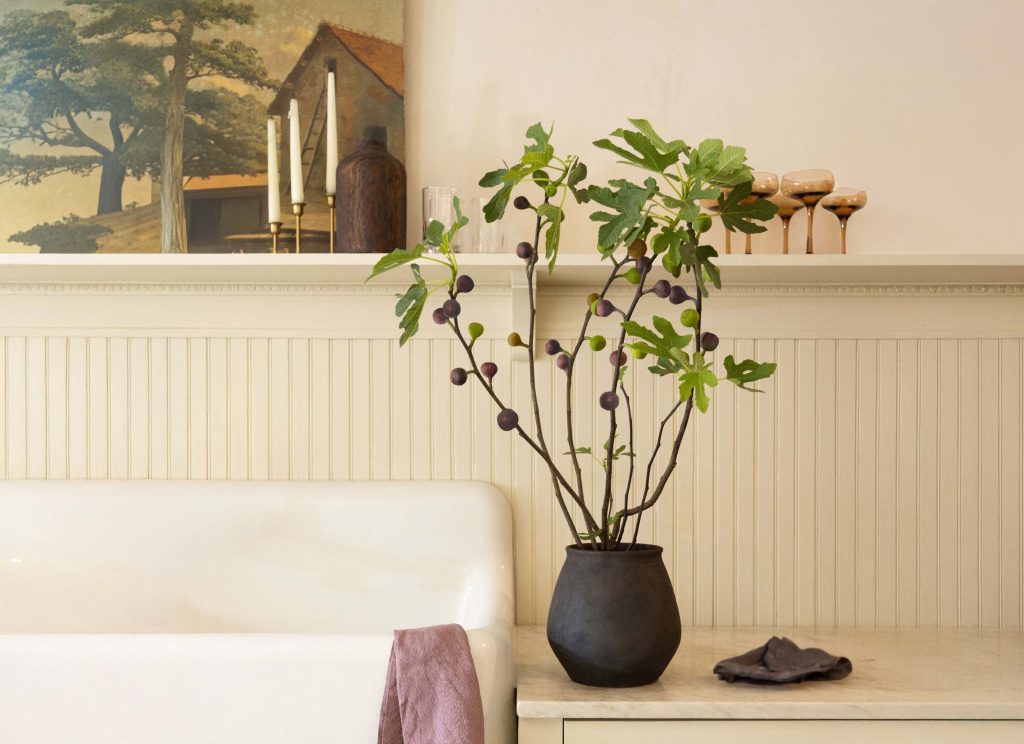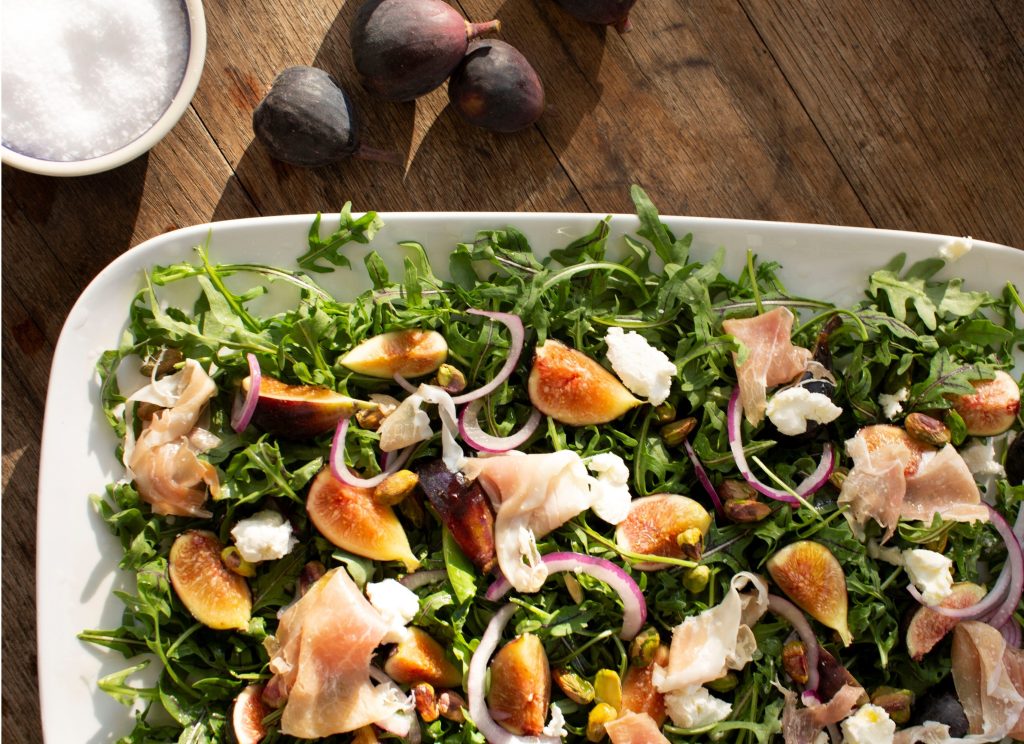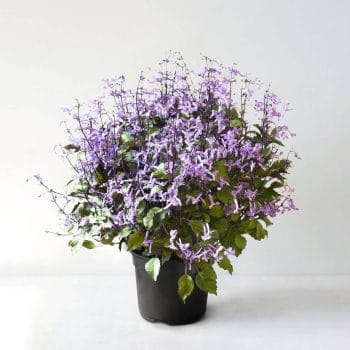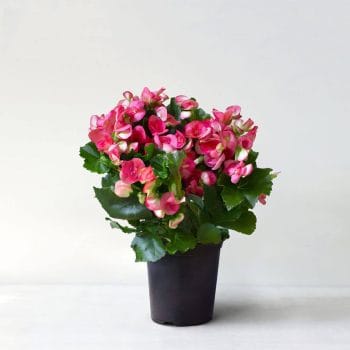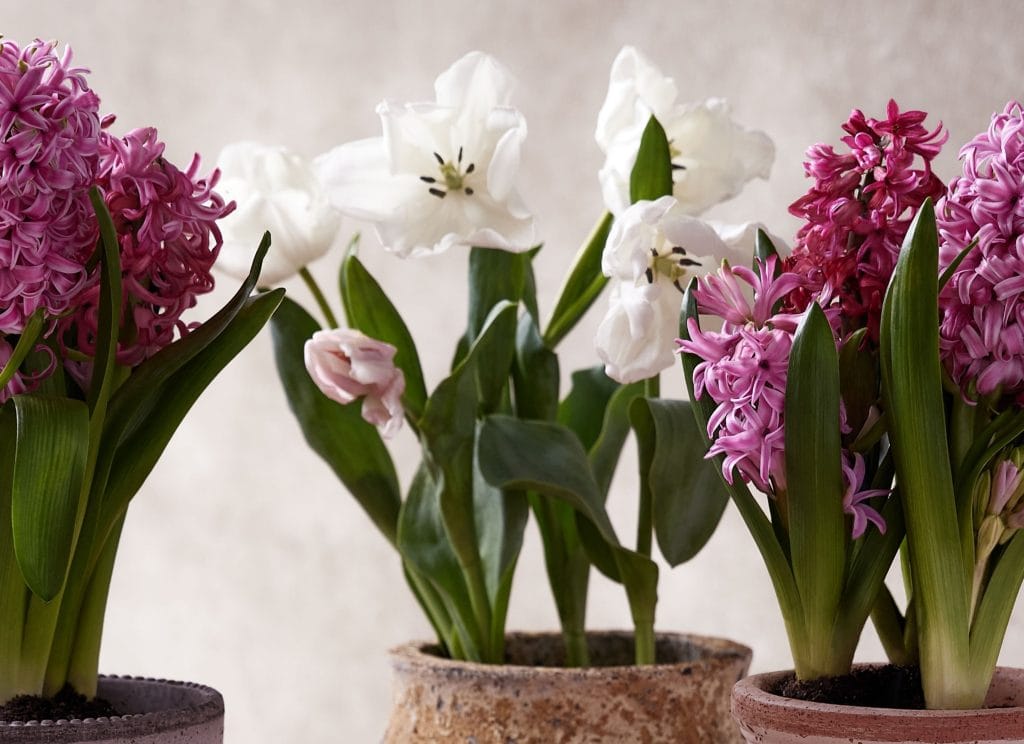Whether you’re unboxing your first Monstera or growing your rare plant collection leaf by leaf, it’s normal to have questions, like:
How big will it be when it arrives?
Does it need a moss pole?
Why is a leaf missing?
What happens if it looks a little tired after shipping?
Don’t panic. We’ve gathered the most common Monstera FAQs we hear from Sun Grove customers like you and answered them all in one place, so you can feel confident and ready the moment your new plant shows up at the door!
Let’s get into it.
Q: How big will my Monstera be when it arrives?
A: Great question – and one we hear a lot.
Your Monstera will arrive at about 24 inches tall, measured from the base of the pot to the top of the foliage. It’s not towering yet, but it’s well on its way. These are healthy, rooted plants that have been carefully grown and cared for before shipping. You’re getting a strong start.

Q: What should I expect in terms of leaf count or maturity?
A: All of our Monstera varieties are shipped with at least four or more healthy leaves, so your plant already has a solid presence.
We’ve included the general age of each Monstera when it’s packed and sent to you:
- Monstera Albo: About 4 months old. This one starts from a cutting, so it establishes quickly and is ready for shipping sooner.
- Monstera Mint: About 4–5 months old. This variety is grown from a tissue-cultured liner, which gives it a stable and healthy root system by the time it arrives.
Each plant is unique, and variegation levels (especially with Albo and Mint) can vary leaf to leaf. That’s part of the fun. Truly, no two are the same!
Q: Is it safe to ship a Monstera during winter?
A: Yes. We’ve built our shipping process to keep your plant protected, even in the colder months.
During the winter season, we offer heat packs and expedited 2-day shipping to help maintain a stable temperature during transit.
These two factors significantly reduce the risk of cold damage, so your Monstera arrives healthy, happy, and ready to grow once it gets to you.
Q: What should I do when my plant arrives?
A: The first step: don’t fret if it looks a little tired! Shipping can be stressful, even for sturdy plants like Monstera.
First, right when it’s unpacked, check the soil moisture with your finger.
If the soil feels moist, hold off on watering. Monsteras prefer to dry out a bit between drinks.
Wait until the top 1–2 inches of soil are dry before watering.
If you plan to repot, give it time. Allow your plant to stay in its original pot for 1–2 weeks so it can settle in and acclimate. Repotting too early can cause unnecessary stress.
Expect a little bit of cosmetic wear. Yellowing, spotting, or minor damage to leaves is normal after shipping. You can prune any damaged areas using clean shears, and new growth will resume once the plant has adjusted, usually within a week or two!
Q: When should I repot my Monstera & how big should the new pot be?
A: When it comes to repotting, the rule of thumb is simple: always size up, never down.
Since your plant arrives in an 8” pot, repot it into something slightly larger, ideally a container that is double the size in diameter. That gentle bump up gives the roots room to grow without overwhelming them in excess soil.
And if something feels off after you’ve unboxed it? Don’t panic or start cutting away…reach out to us within the first week!
We’re happy to help troubleshoot before any extreme measures are taken. We insure the plant through that first week of delivery, and can usually help you course-correct before things go sideways.
Q: Does my Monstera need a moss pole?
Monsteras are natural climbers.
In the wild, they grow up the sides of trees. A moss pole mimics that structure, giving your plant something to cling to and encouraging it to grow upward instead of outward. Adding a support can also lead to larger, more mature leaves over time.
If you’re looking to shape your Monstera into a taller or structured plant, a moss pole is an easy and smart addition.
Q: Should I prune my Monstera?
A: Yes! Light pruning is actually a great way to keep your plant healthy and looking its best.
Start by removing any yellow, wilted, or damaged leaves. You can also trim long, leggy stems to shape the plant and encourage bushier growth. Always make clean cuts just above a leaf node (that little bump on the stem) to promote new, healthy shoots.
Don’t be afraid to prune, really. It’s one of the best things you can do to support strong, balanced growth.
Q: I think my Monstera has root rot. What should I do?
A: Root rot occurs when a plant’s roots sit in overly wet soil for too long, depriving them of oxygen and creating ideal conditions for fungal growth. If your Monstera’s leaves begin yellowing, drooping, or the base starts to feel soft or mushy, it’s important to act quickly. Keep in mind that some root die-off is completely normal, especially as older roots age, so the presence of a few dead roots doesn’t automatically mean the plant has root rot.
Here’s what to do:
- Remove the plant from its pot and gently shake off excess soil.
- Inspect the roots: Healthy Monstera roots are typically light brown or tan, and older roots may naturally darken to a medium brown. Aerial roots are usually darker (often dark brown to nearly black) but should still feel firm. In contrast, rotten roots are usually black, soft, and slimy.
- Trim away any rotten roots using sterilized scissors or shears. However, note that repeatedly cutting roots can stress the plant and make it more susceptible to future rot, so avoid over-trimming.
- Repot the plant in fresh, well-draining soil and a clean pot with proper drainage holes.
- Reduce watering, and let the soil dry more thoroughly between waterings moving forward.
Monsteras are resilient. These plants have earned their popularity for a reason: they’re beautiful, adaptable, and surprisingly forgiving. Especially when you start with a healthy, well-rooted plant (we have those!)
At Sun Grove, we pack and ship each of our Monstera plants with care so it arrives strong, vibrant, and ready to settle into your space.
With a little light, the right watering rhythm, and a bit of support (optional but encouraged), your Monstera will thrive for years to come.
Have any more questions? Reach out anytime. We’re always happy to help.
Happy growing!
Your friends at The Sun Grove
Follow us on Instagram for daily tips or shoot us an email at hello@sungrove.com with specific questions!


